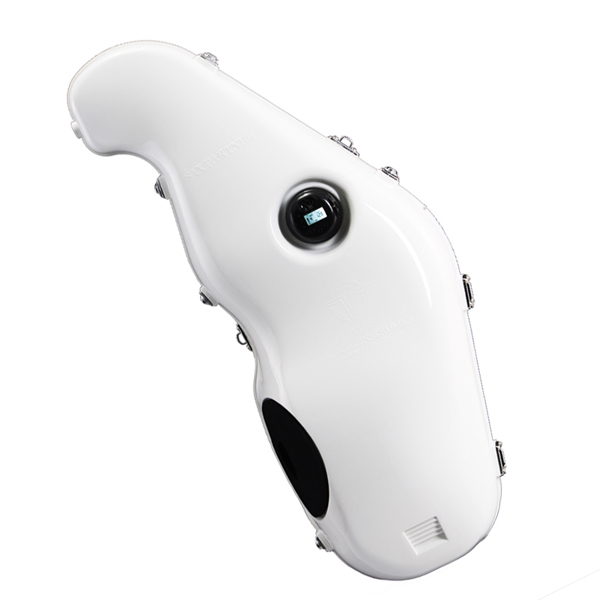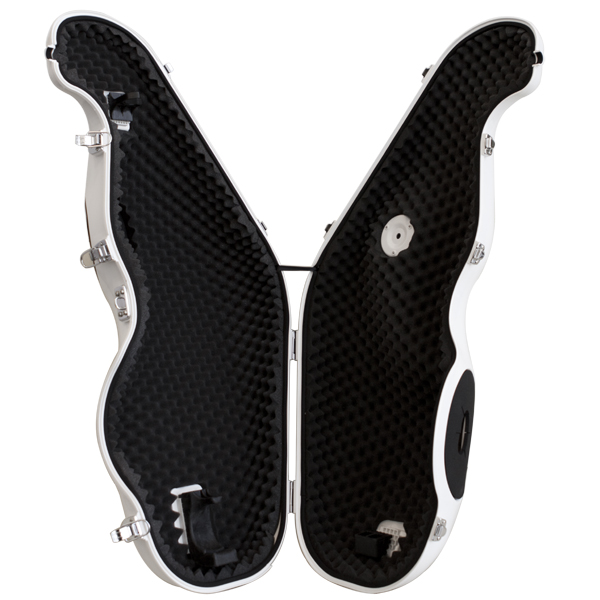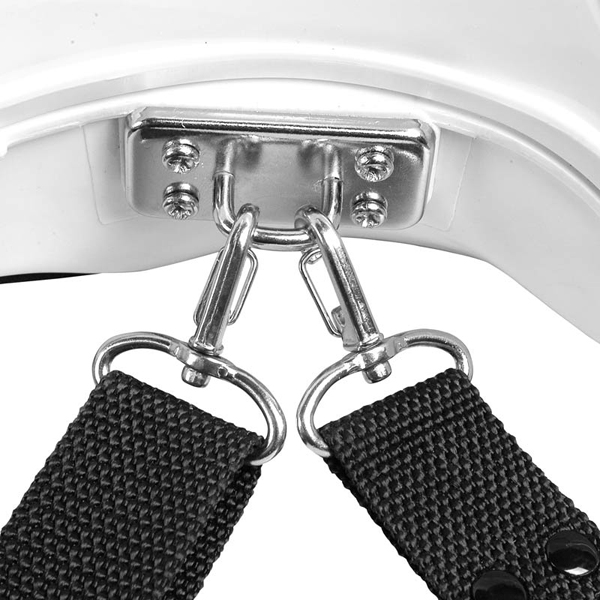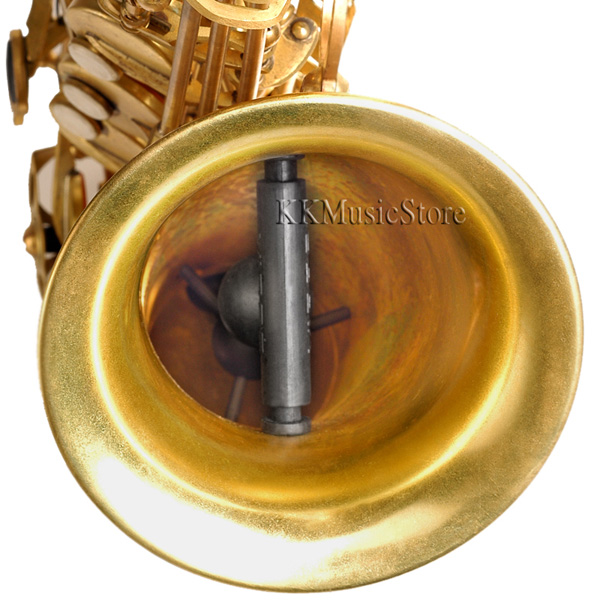As saxophone players we are perpetually on the quest for that perfect reed. This quest for the holy grail is certainly not a new one. As long as there have been saxophones that have needed reeds, players have sought long-lasting, great-sounding reeds.
At the 1934 National Inventor’s Congress held in Seattle, WA, Albert Burns, then-President of the Congress, stated:
…the world still is waiting for, many “needed inventions.”
The saxophone manufacturers want a reed that will last “forever.” “Course,” Burns explained, “there also is considerable demand for a device which will prevent a saxophone from making any noise at all.”
Source: The Miami News, April 4, 1934 National Inventors’ Congress Shows Many Needed Gadgets Unperfected
Sure, everyone’s a critic. 😛 No surprise that the backlash from the sax-happy ’20s was still alive and well in ’34.
Here we are 78 years later, and what have great minds accomplished? Well we’re certainly still awaiting that reed that will last “forever”. The pundit in me would settle for one that is at least consistent, long-lasting, and great-sounding.
Someone has however, designed an electronic saxophone silencer—something that all those pundits past and present should be just thrilled with. Enter the Sax Partner.
Source: MENDINI Musical Instruments
With this invention you can practice anytime of the day or night, and not disturb your neighbours or wake the baby! But wait, there’s more…
The Sax Partner has karaoke accompaniment and an electronic metronome. Yes, that right. It has a built-in audio system which allows you to connect a variety of inputs/outputs such as MP3 or CD players, your mobile phone, etc.
The Sax Partner will also allow you to enhance your performance with its built-in, high performance pickup mic. This mic captures your natural tonal colour, and also allows you to add reverb if you like.
This amazing invention also acts like a personal mobile stage, with its audio-exporting connection. This connection is just as capable of being hooked up to a PA system or to stage monitors, as it is to computer speakers. Big or small, this gig case/electronic mute does it all.
Still not convinced? How about this…
The Sax Partner can also act as a personal recording studio because of its enclosure, which is specially designed to isolate sound and at the same time ensure that the isolated sound inside will not interfere with each other.
The inner lining of the case is made of sound and moisture absorbing felt, which eliminates unwanted interference and ensures the best sound quality is picked up by the internal microphone. Connect to a computer, a mixer or a digital audio recorder for professional quality recording.
Source: MENDINI Musical Instruments
Source: MENDINI Musical Instruments
Yup, great minds have come up with great inventions. Now could someone PLEASE come up with a consistent, long-lasting, great-sounding reed? Thank you.
Oh, and to all you sax critics out there… I think you know what you can do. Go ![]() yourselves. 😛
yourselves. 😛










These have also been sold as “e-sax.” If you do a web search with that term, there are some reviews out there to read.
Less expensive, and arguably more useful, are the soft-sided gig bags that have extra slits and double-pull zippers so the hands and neck can pass through the bag and be somewhat sealed. The “Silent Saxophone Mute” is widely available, but there are others. (I suppose if you were handy with a needle and thread or knew of a good cobbler you could “roll your own” from a regular gig bag.) They are much lighter and really can be used as a carrying case on local trips, but they are not quite as effective as silencers. I wouldn’t miss the microphone since I have been in the habit of practicing with ear plugs for a long just to get into the habit. Monitor systems can be so unreliable.
When I roll my own, I’m going to roll something totally different… Totally for medicinal purposes of course. 😉
I’ve never tried one of these e-saxes, e-mutes, or low-tech versions thereof. I’ve always had the luxury of living in an house and not worrying about neighbours, children, or anyone else who might object to my noise. (Gotta’ love that altissimo and multiphonic practice.)
I can’t imagine that sticking your hands into those slots on sides, and being able to play comfortably. Perhaps it’s not as awkward as it looks, but it certainly doesn’t look comfortable. Also, I move my sax around a lot when I play. I wonder what that would be like with one of these?
I tried one of these at NAMM 2010. It worked quite well actually, except that the high E key was unreachable. This would require some hacking. I pretty much HAD to use the battery powered amplifier to hear myself at all. This should come as welcome news for those living with/near a sax player. Someone in the same room would hear it. Someone in the next room probably would not, especially if they are doing anything of their own like watching TV.
The explanation for the high E glitch was that the Sax Partner was made for a Selmer S80 of some type — but the Cecilio horn (from the same booth) was supposed to be S80-based and it had the high E in a place I couldn’t get my hand with the shell around it. I suspect it wouldn’t take much hacking (a little cutting and fiberglass patching) to deal with this problem. A competent surfboard fabricator, or someone who makes carbon fiber auto body parts, could tackle this without much difficulty.
You are spot on about the comfort factor, especially if one changes position slightly while playing to avoid RSS and related problems. Obviously the hard-shell version is much less flexible in this regard.
On the soft-sided ones, the zipper teeth can also be irritating if they are not covered with a fly.
With both types there is no getting around the physical acoustics of it: tones at either end of the range are going to get squashed.